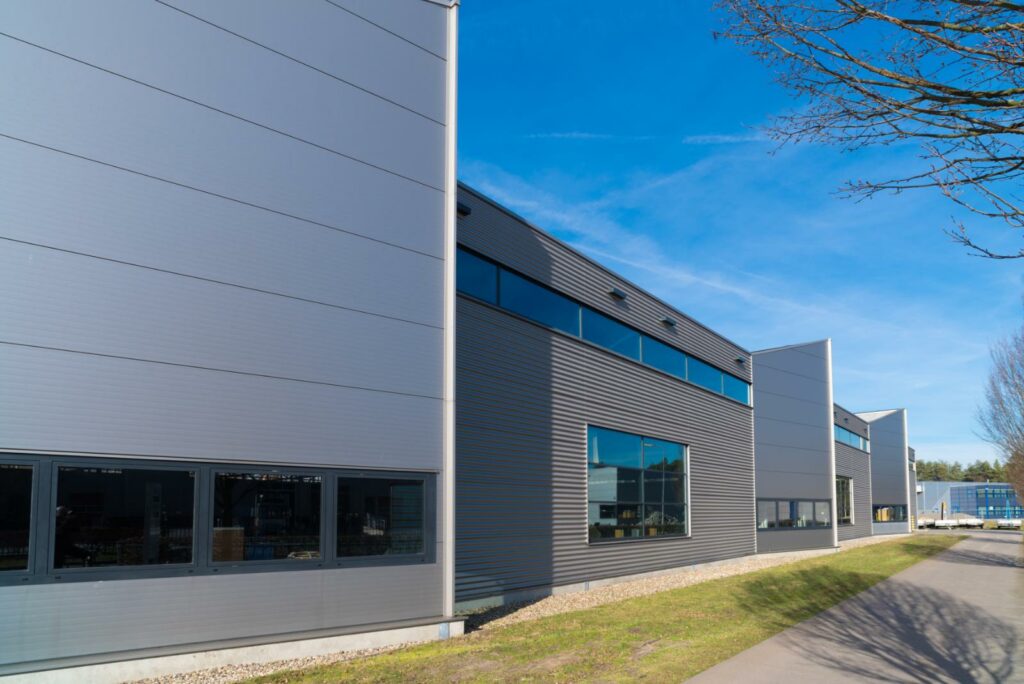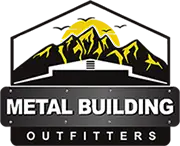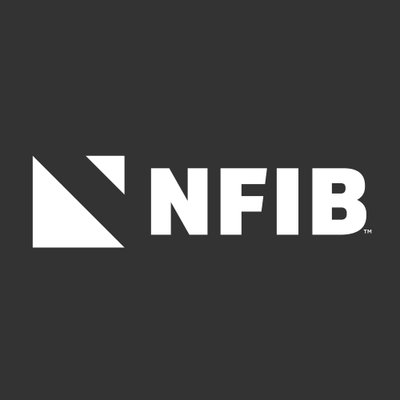
Contents
When it comes to erecting metal buildings, the choice of installation methods can significantly impact the durability and efficiency of the structure. From meticulous site preparation to the strategic assembly of the frame, each step plays a crucial role in the building’s overall integrity.
However, one must not overlook the importance of selecting the appropriate foundation to support the weight and function of the metal building. As you consider the various foundation options available, the right choice can lay the groundwork for a successful and enduring structure.
Key Takeaways to Metal Buildings
- Proper site preparation and foundation work are essential for a stable metal building structure.
- Precise frame assembly and secure roof installation techniques are crucial for durability.
- Careful selection of insulation materials and installation methods can enhance energy efficiency.
- Attention to detail in door and window installation, including weatherproofing and security features, is important for functionality and protection.
Site Preparation
Before beginning the installation process, ensure that the site is adequately cleared of debris and leveled to provide a stable foundation for the metal building. Grading techniques play a crucial role in achieving a level surface. Use grading tools like a box blade or a land plane to distribute soil evenly and create a smooth base. Proper grading ensures that the weight of the structure is uniformly supported, reducing the risk of uneven settling or structural issues over time.
In addition to grading, implementing effective drainage solutions is essential to prevent water accumulation around the metal building. Poor drainage can lead to erosion, standing water, and potential damage to the foundation. Consider installing French drains or swales to direct water away from the building site. This helps maintain the integrity of the soil and prevents water-related issues that could compromise the stability of the structure.
Foundation Options
To ensure a stable foundation for your metal building, the next critical step involves evaluating various foundation options that can support the structure effectively. Two common foundation options for metal buildings are concrete slab and pier foundation.
Foundation Options Table:
| Foundation Type | Description | Advantages |
|---|---|---|
| Concrete Slab | A solid, flat concrete pad that serves as the base for the metal building. | – Provides a durable and long-lasting foundation. – Offers a smooth surface for the building. |
| Pier Foundation | Consists of concrete piers placed strategically to support the weight of the metal building structure. | – Allows for flexibility in uneven terrains. – Provides ventilation under the building. |
When deciding on the foundation type for your metal building, consider factors such as soil type, building size, local building codes, and budget. Concrete slabs are ideal for flat terrains and offer a solid base for the entire structure. On the other hand, pier foundations are suitable for areas with uneven ground as they can be adjusted to accommodate varying heights. By selecting the right foundation option for your metal building, you can ensure its stability and longevity.
Frame Assembly
For the efficient assembly of the metal building frame, ensure precise alignment and secure connections between each structural component. When it comes to frame assembly, two primary methods are commonly employed: bolted connections and welding techniques.
Bolted connections offer ease of installation and flexibility in disassembly if needed for modifications or relocations. To ensure the strength and stability of bolted connections, it’s crucial to use the appropriate size and grade of bolts, washers, and nuts. Tighten the bolts according to the manufacturer’s specifications to prevent over-tightening, which can lead to material deformation and compromised structural integrity.
Welding techniques provide a more permanent and robust connection between metal components. Proper welding requires skill and precision to ensure the welds are of high quality and meet structural standards. It’s essential to follow welding procedures meticulously, including preparing the surfaces to be welded, selecting the appropriate welding method based on the metal type and thickness, and conducting quality checks to detect any defects.
Whether you opt for bolted connections or welding techniques in your frame assembly, always prioritize safety and accuracy. Thoroughly inspect all connections to make sure they meet the design requirements and adhere to industry standards. By paying attention to detail and using the right methods, you can achieve a sturdy and durable metal building frame that will stand the test of time.
Roof Installation
When installing the roof of a metal building following frame assembly, meticulous attention to alignment and secure connections remains crucial for structural integrity. Metal roofing offers durability and longevity when installed correctly. To ensure a weatherproof seal, various techniques can be applied during the roof installation process.
Metal Roofing and Weatherproofing Techniques
Here is a table highlighting key metal roofing and weatherproofing techniques:
| Metal Roofing Techniques | Weatherproofing Techniques |
|---|---|
| Standing Seam Panels | Sealant Application |
| Metal Shingles | Flashing Installation |
| Corrugated Panels | Waterproof Membrane |
| Ribbed Panels | Ridge Vent Installation |
Metal roofing techniques such as standing seam panels and metal shingles provide a sleek and modern look while enhancing the building’s overall structural integrity. Proper sealant application and flashing installation are essential weatherproofing techniques to prevent water infiltration and maintain the building’s interior dryness. Additionally, using a waterproof membrane and ridge vent installation can further enhance the building’s ability to withstand harsh weather conditions.
Wall Construction
When constructing the walls of metal buildings, you’ll need to consider various framing options and insulation choices. These decisions will impact the structural integrity, energy efficiency, and overall performance of the building.
Proper selection and installation of wall components are crucial for a durable and functional metal structure.
Framing Options
Consider different framing options for wall construction in metal buildings to determine the best fit for your project’s specific requirements. When choosing the framing material, keep in mind factors like cost, durability, and ease of installation. Here are some common options:
- Metal studs: Lightweight and easy to work with, metal studs are a popular choice for framing interior walls in metal buildings.
- Steel beams: Ideal for providing structural support, steel beams offer superior strength and stability compared to other framing materials.
- Wood studs: While less common in metal buildings, wood studs can be used for framing non-load-bearing walls or partitions.
- Insulated panels: Combining framing and insulation in one, insulated panels provide energy efficiency and quick installation.
Evaluate these options carefully to select the most suitable framing method for your metal building project.
Insulation Choices
Metal buildings offer a variety of insulation choices for wall construction, enhancing energy efficiency and climate control within the structure. Two popular options are reflective barriers and spray foam. Reflective barriers, made of aluminum foil laminated onto paper or plastic, reflect heat away from the building, reducing heat gain in the summer. Spray foam, a mixture of chemicals that expands into a foam, provides excellent insulation by filling gaps and forming an air-tight seal. Below is a comparison table outlining the key features of each option:
| Insulation Type | Material | Key Feature |
|---|---|---|
| Reflective Barriers | Aluminum foil | Reflects heat away from the building |
| Spray Foam | Chemical mixture | Fills gaps and forms an air-tight seal |
Insulation Setup
To achieve optimal thermal performance in your metal building, proper insulation installation is crucial. Metal building insulation not only helps regulate the indoor temperature but also provides energy efficiency benefits. Follow these steps for an effective insulation setup:
- Choose the Right Type of Insulation: Consider factors like R-value, thickness, and material type when selecting insulation. Common options include fiberglass, foam board, and reflective insulation.
- Seal Air Leaks and Gaps: Before installing insulation, ensure all air leaks and gaps are sealed properly. This step is crucial to prevent heat loss and maintain the desired temperature inside the building.
- Install Insulation Correctly: Follow manufacturer guidelines and building codes when installing insulation. Proper installation ensures maximum effectiveness and longevity of the insulation material.
- Consider Vapor Barriers: In areas with high humidity, consider adding a vapor barrier to prevent moisture buildup within the insulation. This barrier helps maintain the insulation’s performance over time and protects the building’s structure.
Door and Window Installation
When installing doors and windows in your metal building, ensure precise measurements are taken to guarantee a proper fit. Proper installation is crucial for the functionality and aesthetics of your structure. To assist you in this process, consider the following factors: hardware selection, weatherstripping options, security features, and energy efficiency considerations.
Door and Window Installation Tips:
| Hardware Selection | Weatherstripping Options | Security Features | Energy Efficiency Considerations |
|---|---|---|---|
| Choose durable and corrosion-resistant hardware to ensure longevity. | Opt for weatherstripping that provides a tight seal to prevent air and water infiltration. | Install window locks and deadbolts on doors to enhance security. | Select energy-efficient windows and doors to minimize heat loss and reduce energy costs. |
| Consider the style and design of the hardware to complement your metal building’s aesthetics. | Inspect weatherstripping regularly and replace it when worn out to maintain efficiency. | Use security bars or grilles for added protection against break-ins. | Look for products with high insulation values and low emissivity coatings. |
| Ensure the hardware is compatible with the door or window type for smooth operation. | Seal gaps and cracks with weatherstripping to prevent drafts and energy loss. | Consider installing security cameras or alarms for added safety measures. | Invest in double or triple-pane windows for better thermal performance. |
Finishing Touches
When it comes to finishing touches for metal buildings, three key considerations are crucial: exterior enhancements, interior design options, and protective coating choices. Together, these aspects play vital roles in both the aesthetics and longevity of the structure.
Proper selection and application of these finishing touches can significantly enhance the overall performance and appearance of your metal building.
Exterior Enhancements
For an added layer of protection and aesthetic appeal, consider incorporating exterior enhancements onto your metal building. These enhancements not only improve the visual appeal but also provide additional durability and weather resistance.
- Metal Cladding: Utilize metal cladding options to protect your building from harsh weather conditions and enhance its structural integrity.
- Exterior Finishes: Choose from a variety of exterior finishes such as paint, stucco, or vinyl siding to customize the look of your metal building.
- Trim and Flashings: Install trim and flashings to create a polished look and prevent water infiltration around doors, windows, and roof edges.
- Gutters and Downspouts: Implement gutters and downspouts to efficiently manage water runoff and protect your building’s foundation.
Interior Design Options
Considering the exterior enhancements previously discussed, the focus now shifts towards exploring interior design options as the finishing touches for your metal building. When choosing metal finishes for your interior, opt for durable options like stainless steel or aluminum to ensure longevity. Incorporating a variety of color schemes can help create different atmospheres within your space. Below is a table showcasing popular metal finishes and color schemes for metal buildings:
| Metal Finishes | Color Schemes |
|---|---|
| Stainless Steel | Modern: Black, White, Grey |
| Aluminum | Industrial: Silver, Charcoal |
| Galvanized Steel | Rustic: Earth Tones, Barn Red |
Protective Coating Choices
To enhance the durability and appearance of your metal building, selecting the appropriate protective coating is crucial. Metal coatings play a significant role in preventing corrosion and extending the lifespan of your structure.
Here are four common choices for protective coatings:
- Galvanized Coatings: These coatings provide excellent corrosion resistance by applying a layer of zinc to the metal surface.
- Epoxy Coatings: Ideal for industrial settings, epoxy coatings offer strong adhesion and chemical resistance.
- Polyurethane Coatings: Known for their durability and UV resistance, polyurethane coatings are suitable for outdoor applications.
- Powder Coatings: Environmentally friendly and durable, powder coatings provide a smooth finish and come in a variety of colors to enhance aesthetics.
Review
The top installation methods for metal buildings involve meticulous site preparation, various foundation options, precise frame assembly, efficient roof installation, careful wall construction, proper insulation setup, strategic door and window installation, and finishing touches for a complete project.
By following these steps with attention to detail, you can ensure a durable and functional metal building that meets your specific needs and requirements.
Recent Posts
Top Eco-Friendly Tips for Metal Building Construction
Have you ever wondered how metal building construction can align with eco-friendly practices? By exploring
What Techniques Enhance Energy Efficiency in Metal Buildings?
To improve energy efficiency in metal buildings, you need to encompass a variety of methods.
Top Tips for Energy Efficient Custom Metal Structures
When aiming to maximize the energy efficiency of your custom metal structures, it’s crucial to


